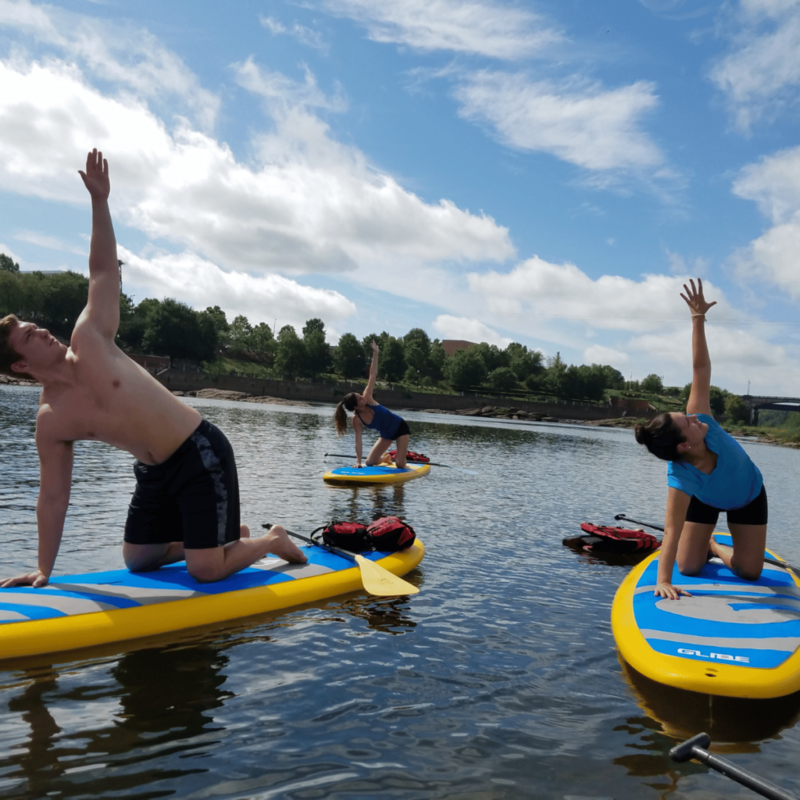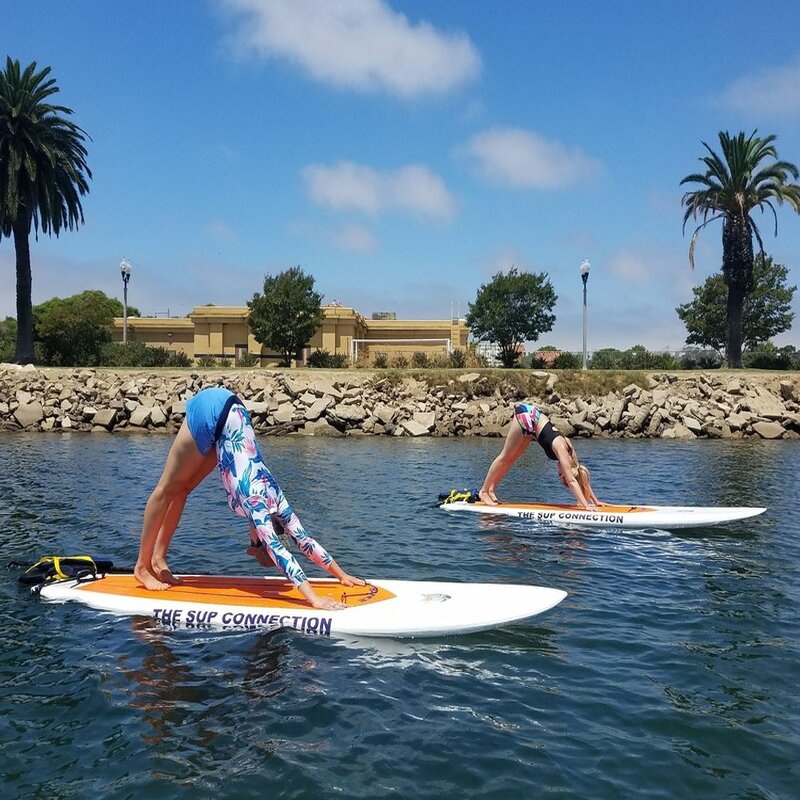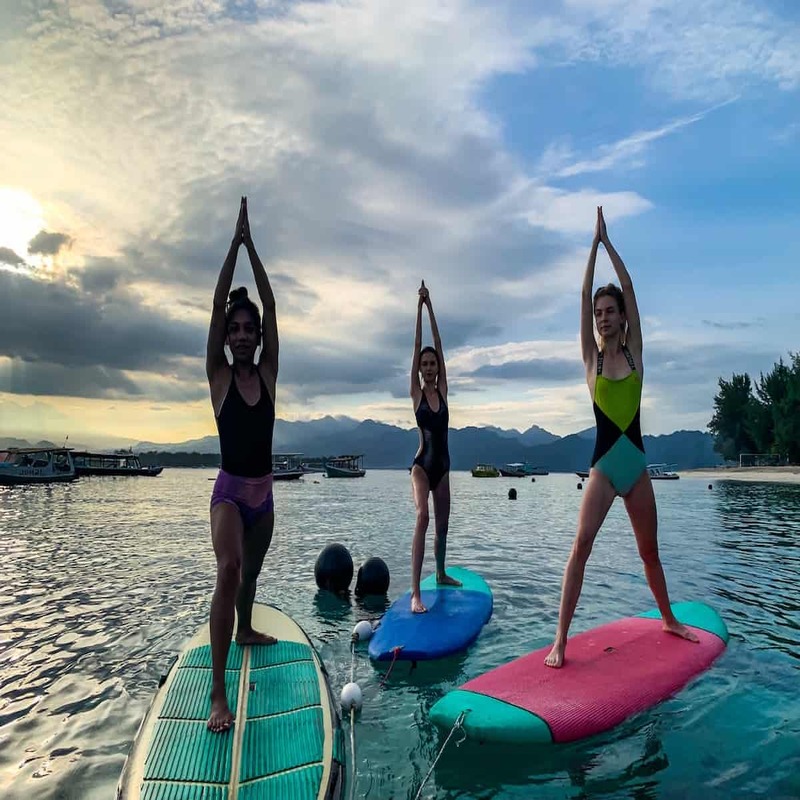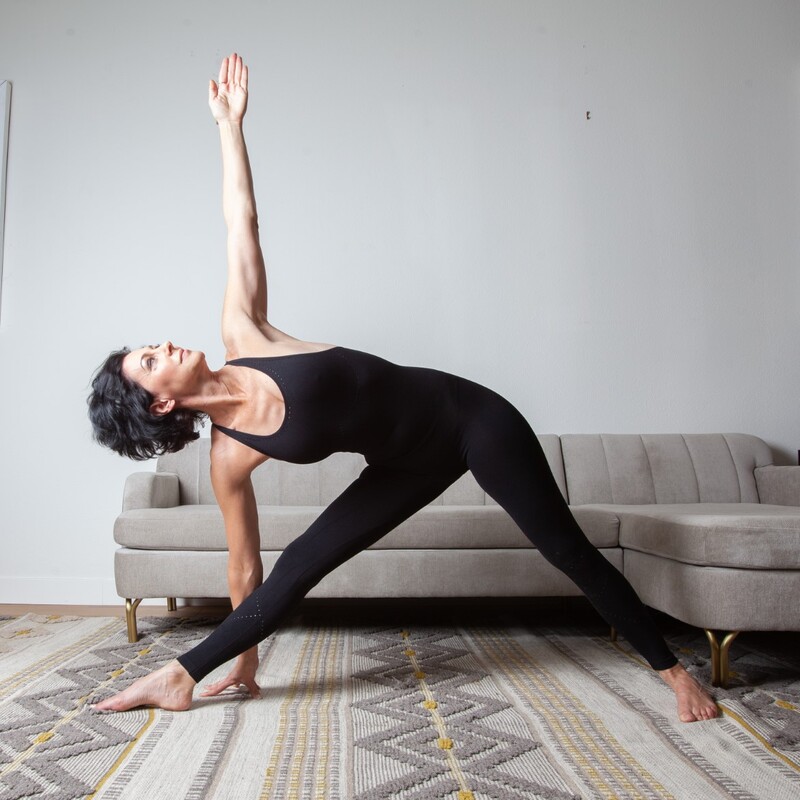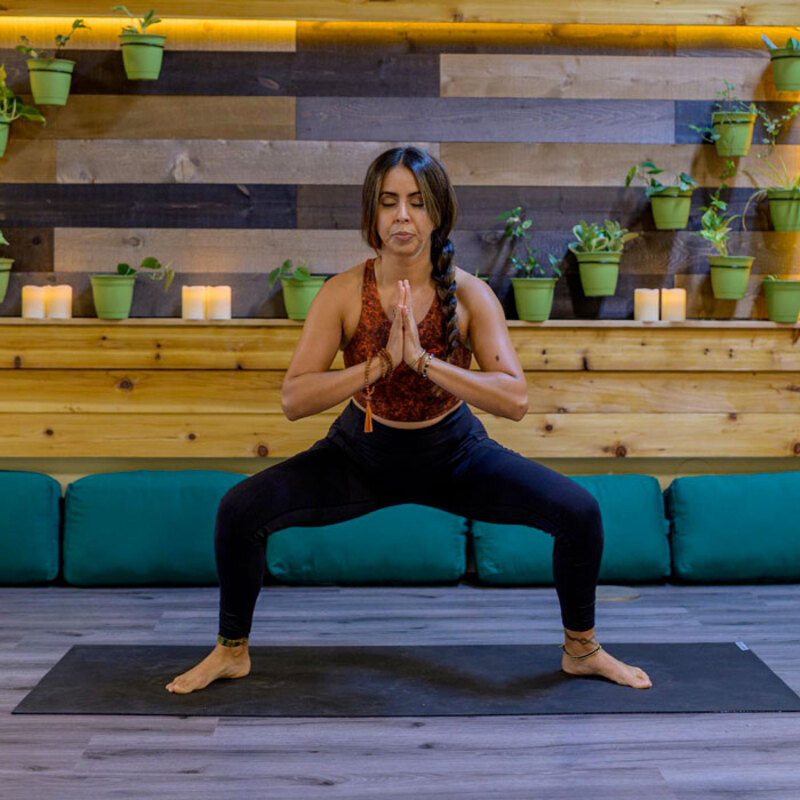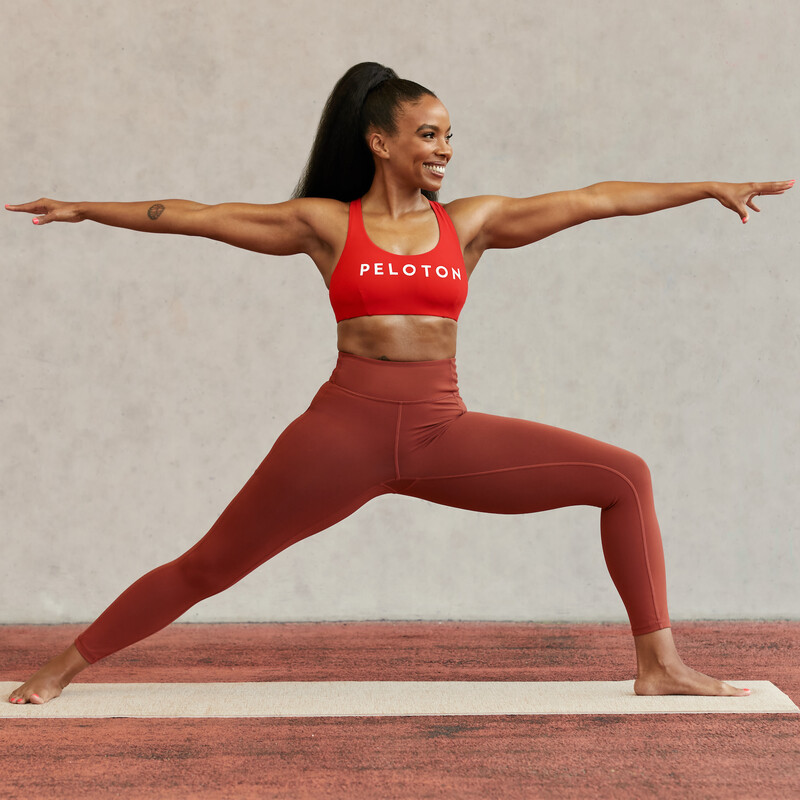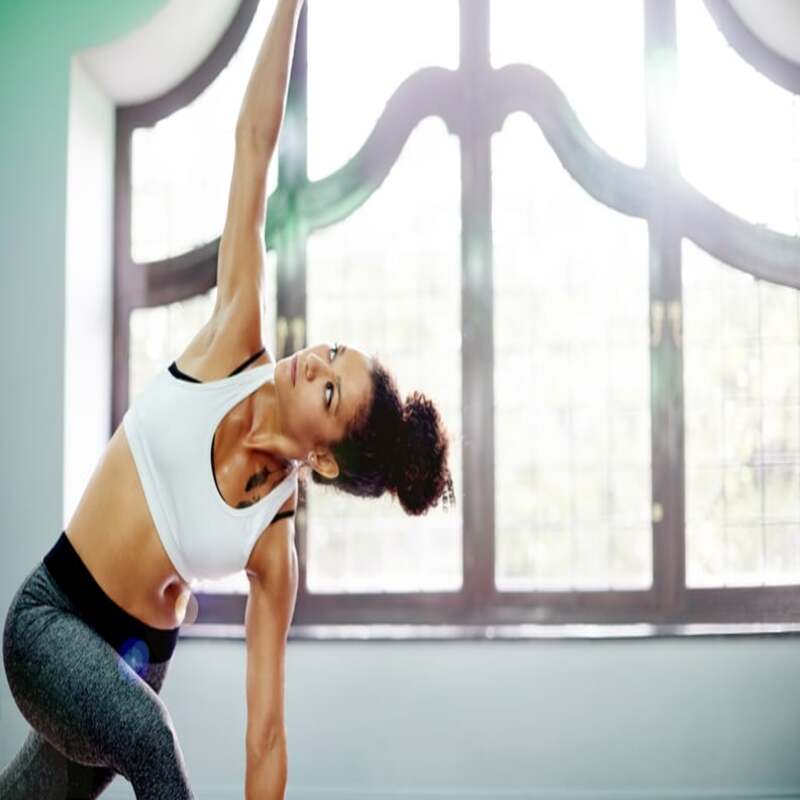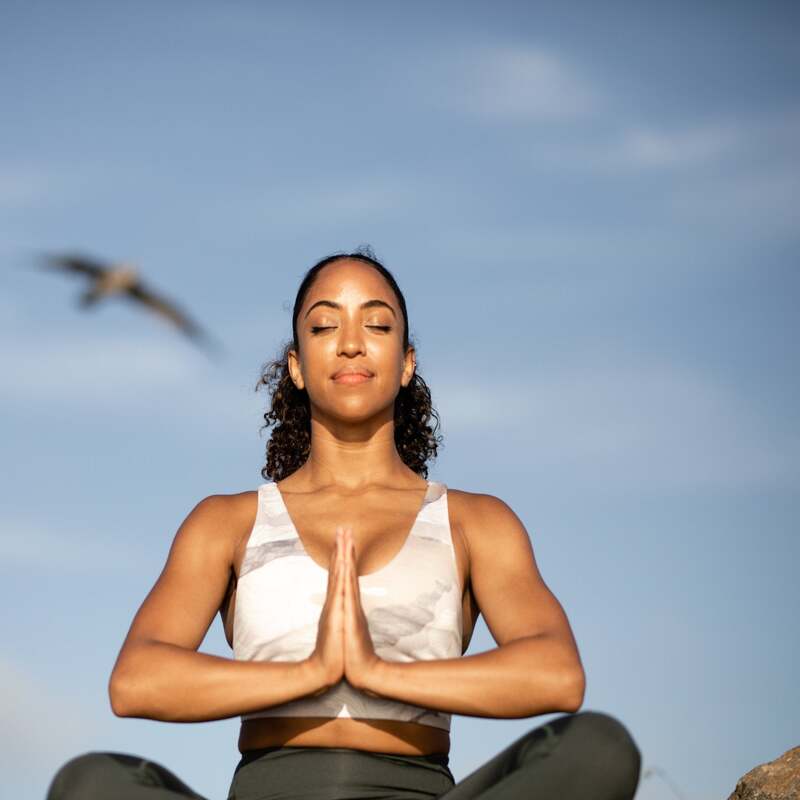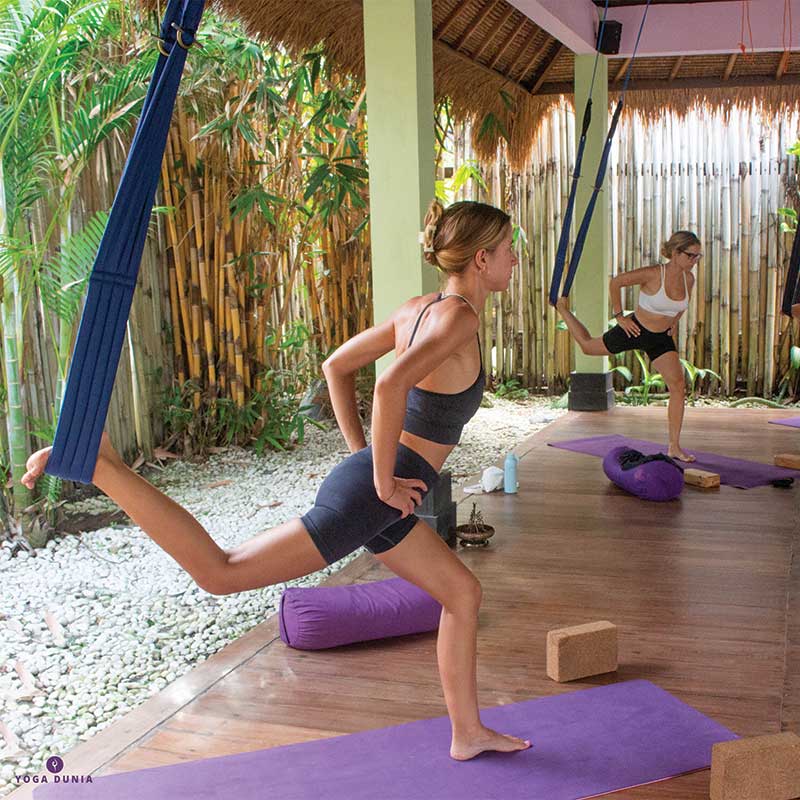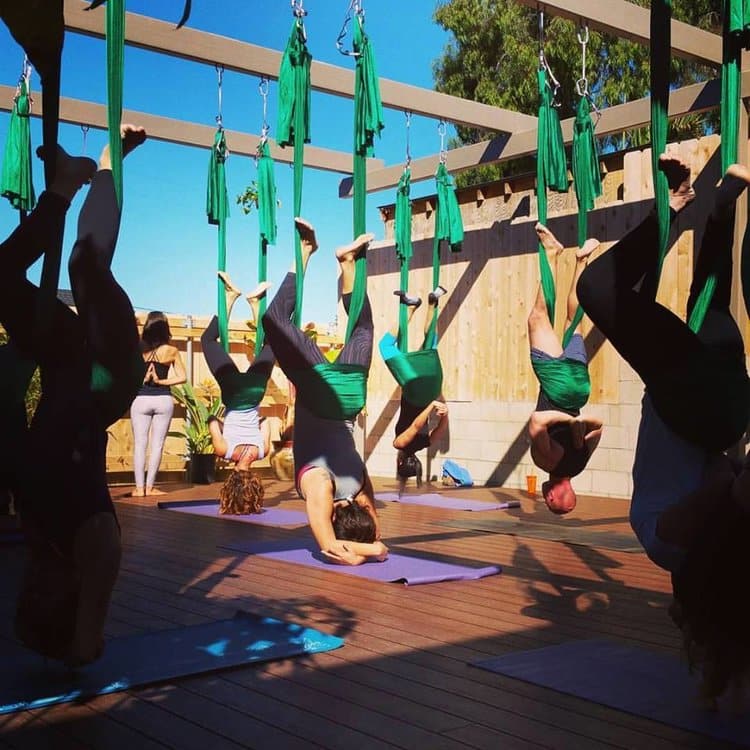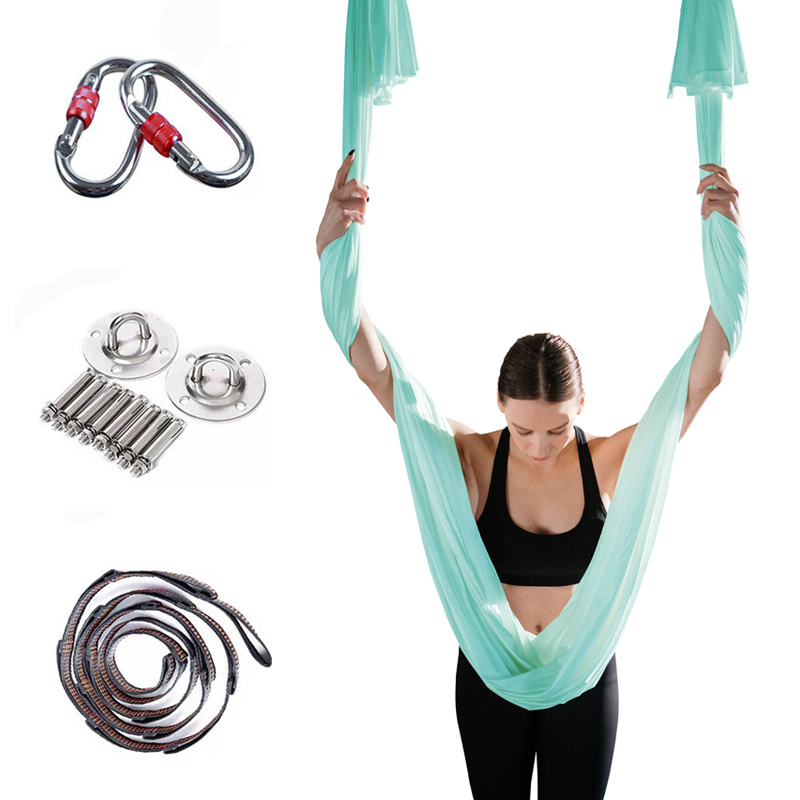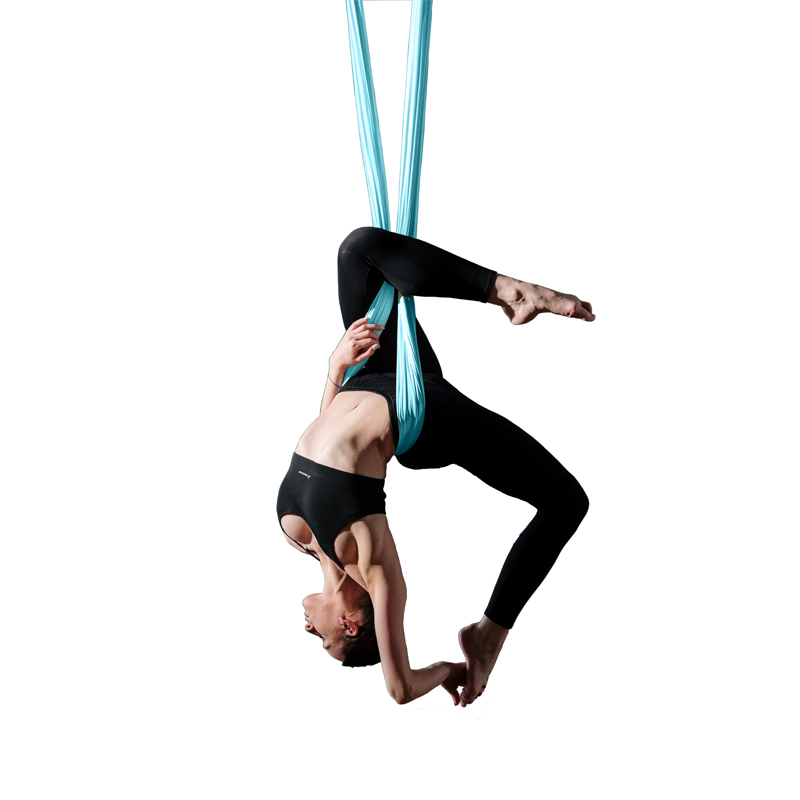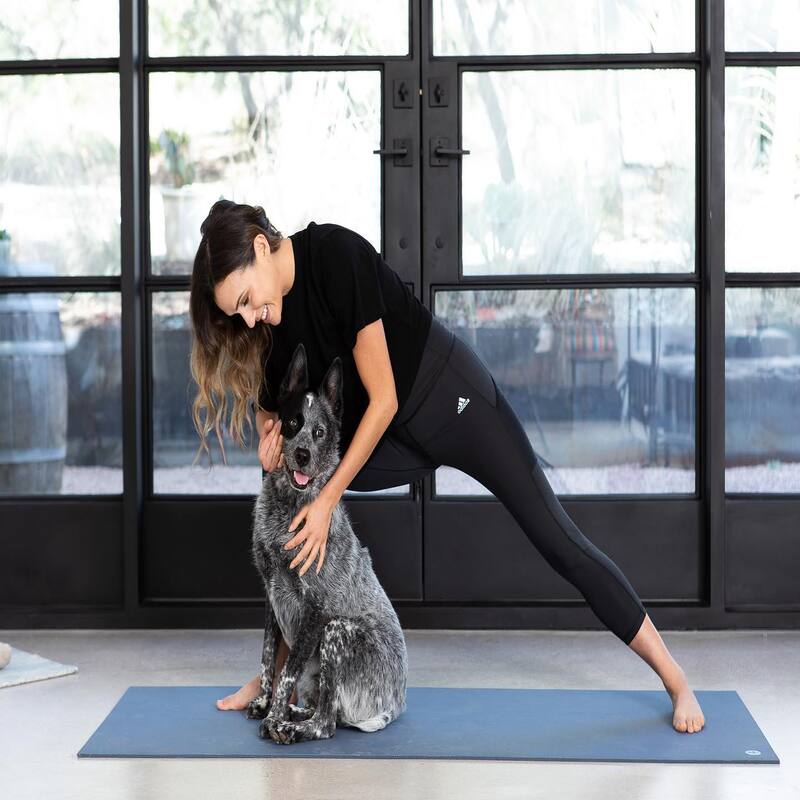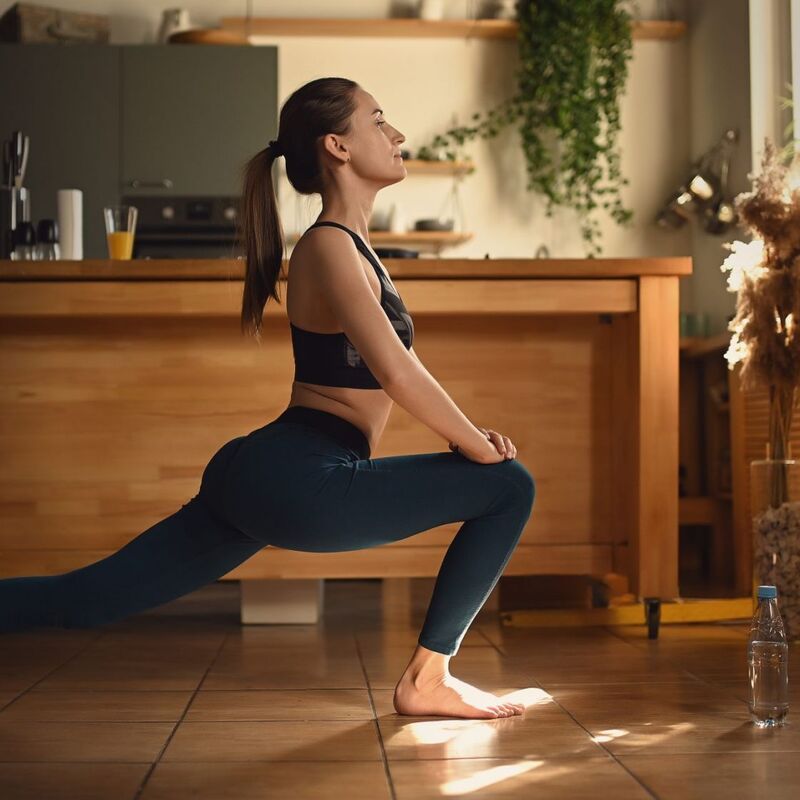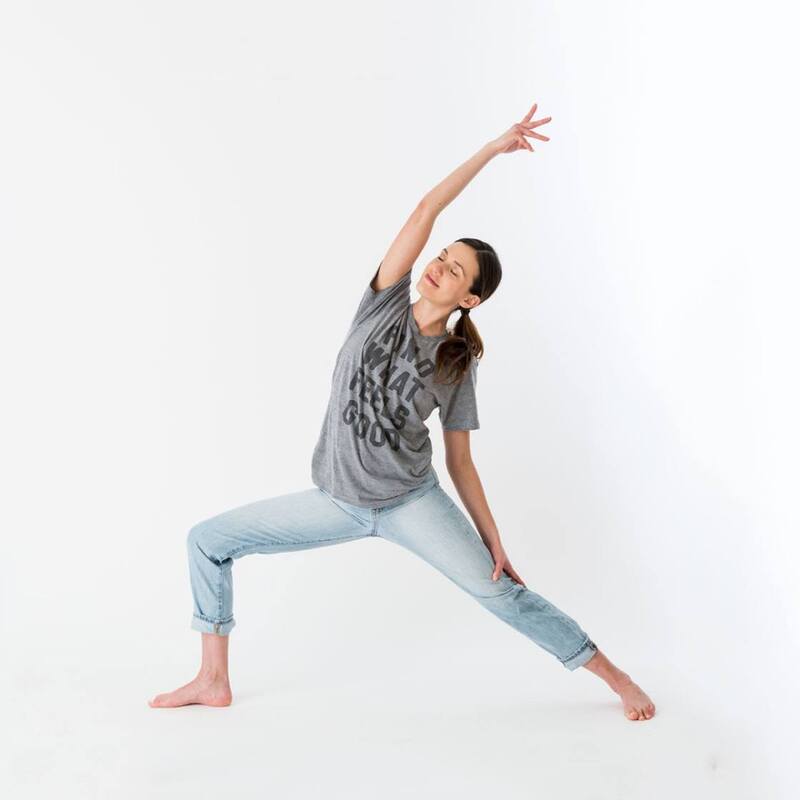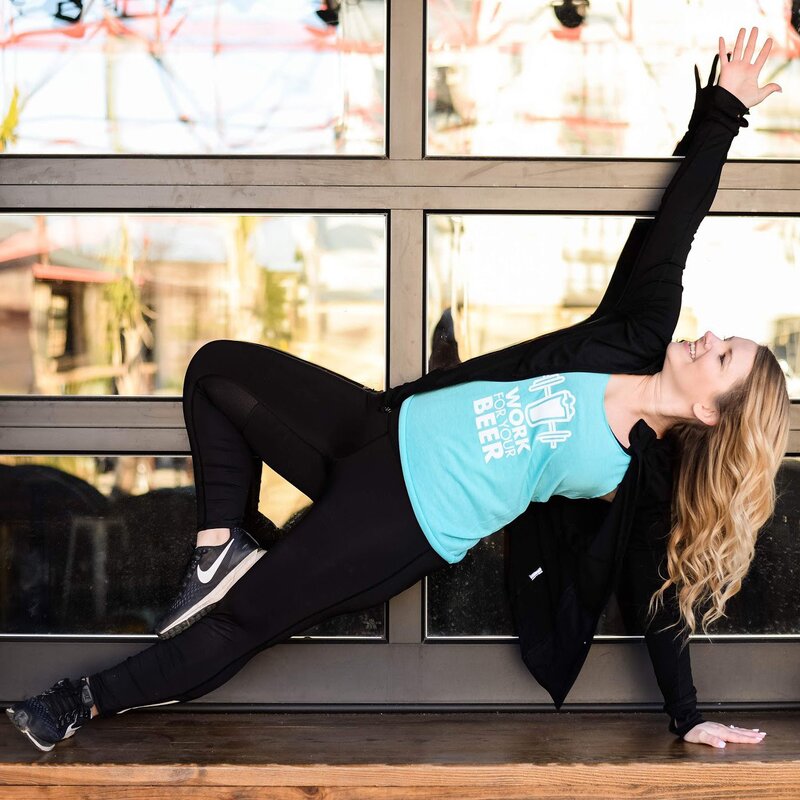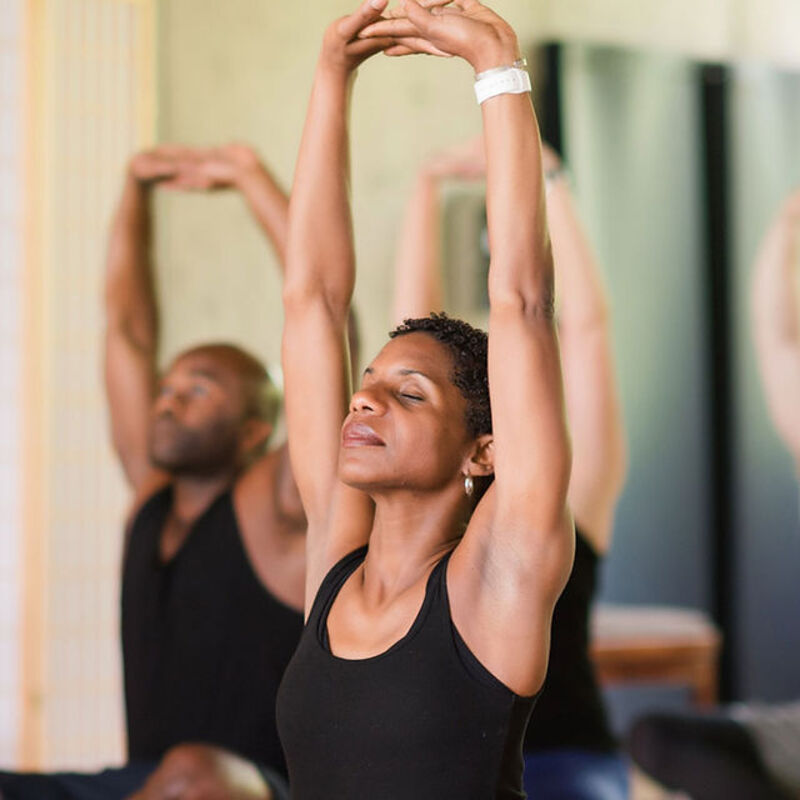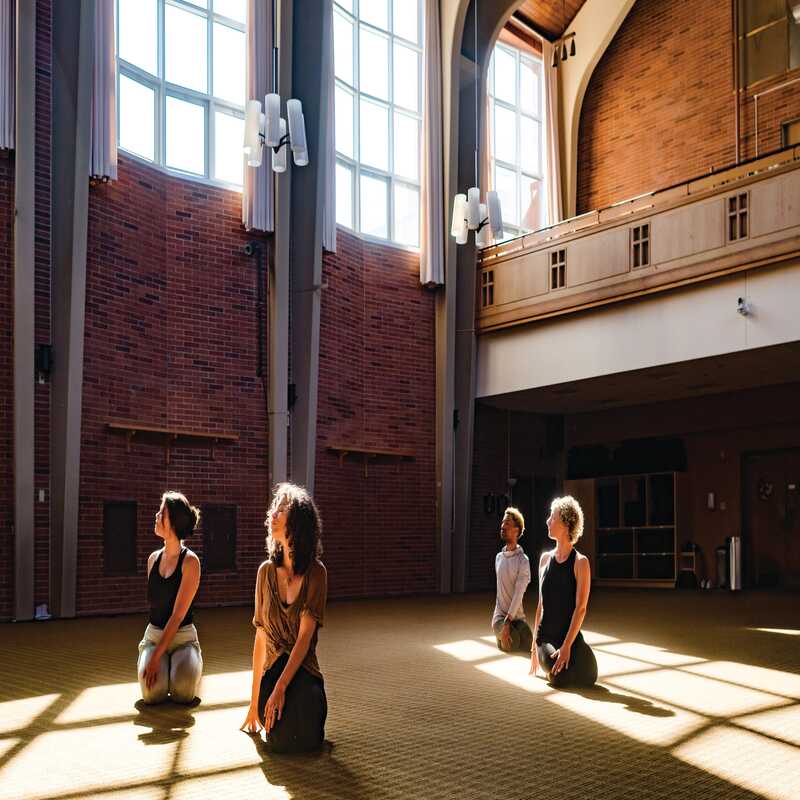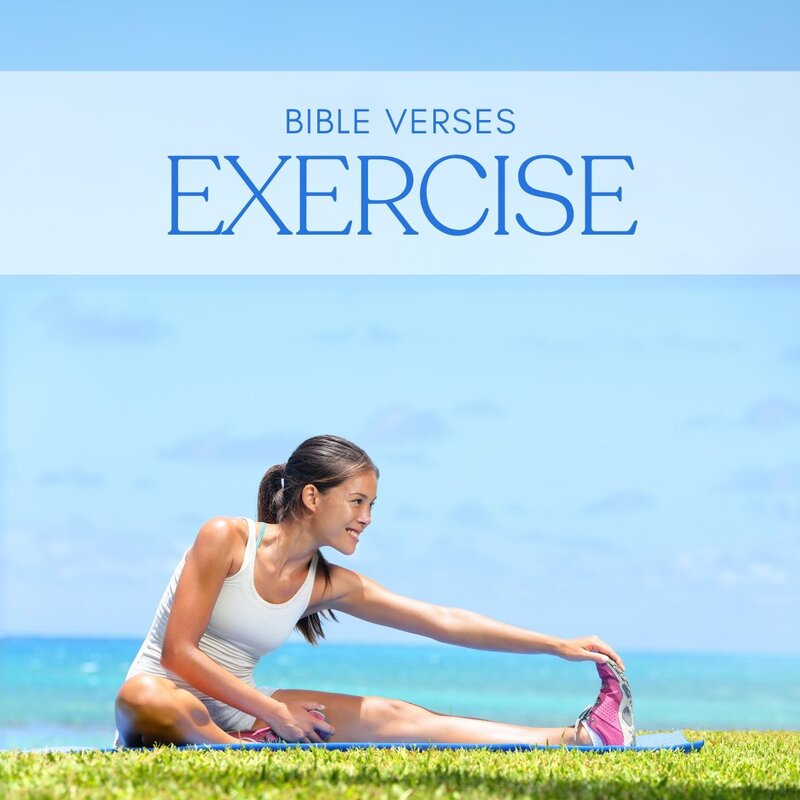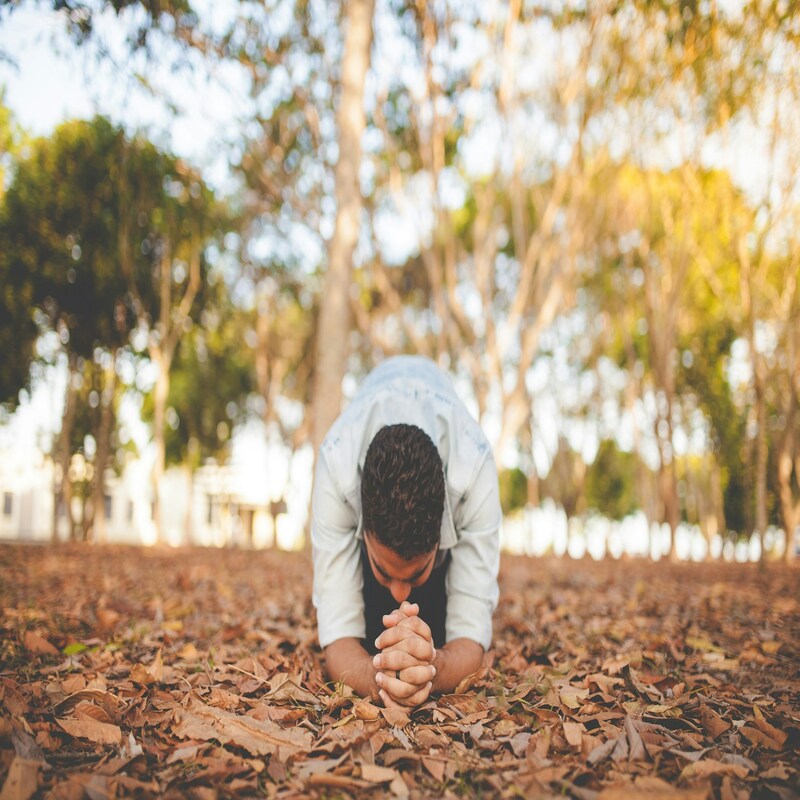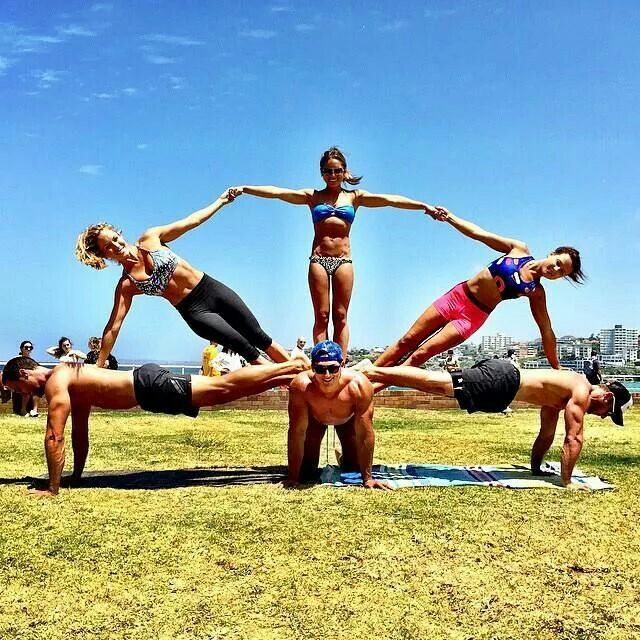Introduction to Yoga
Yoga, a practice embraced globally for its physical, mental, and spiritual benefits, has ancient roots. This profound discipline is deeply intertwined with religious, philosophical, and cultural traditions of the Indian subcontinent. Yoga has evolved over thousands of years, integrating various practices and ideas from different periods, demonstrating its versatility and timeless relevance. While many associate yoga with the physical postures and breathing exercises, its essence transcends mere physical activity. The true nature of yoga encompasses a holistic approach to life, aiming to harmonize the body, mind, and soul. Which religious tradition is most closely associated with yoga? This comprehensive view is largely influenced by the religious and philosophical milieu of ancient India. By tracing the roots and evolution of yoga, one can gain a deeper appreciation of its profound connection to Hinduism.
The Origins of Yoga in Hinduism
Historical Context
The origins of yoga can be traced back to the pre-Vedic era, around 3000 BCE. Archaeological findings from the Indus Valley Civilization, such as seals depicting meditative postures, hint at early forms of yoga practices. However, it is within the Vedic traditions that yoga began to take a more defined shape. The sacred Vedas, composed between 1500 to 500 BCE, contain hymns, mantras, and rituals that subtly reference yogic concepts. These texts mark the beginnings of a structured spiritual practice that would evolve into what we recognize as yoga today.
Transitioning from the Vedic period to the Upanishadic era, around 800 to 200 BCE, yoga’s philosophical underpinnings were further developed. The Upanishads, a collection of mystical and philosophical texts, delve deep into the nature of reality and the self. They introduce concepts such as Brahman (ultimate reality) and Atman (individual soul), laying the foundation for the later development of yogic philosophy. These texts emphasize meditation, self-discipline, and the pursuit of knowledge as means to achieve spiritual liberation.
Integral Role in Hindu Scriptures
Hinduism’s sacred texts play a pivotal role in defining and shaping yoga. The Bhagavad Gita, an epic poem composed between 500 BCE and 100 CE, is one of the foremost scriptures elucidating the principles of yoga. It presents a dialogue between Prince Arjuna and Lord Krishna, discussing the moral and spiritual dilemmas faced by the prince. Within this discourse, Lord Krishna expounds on various paths of yoga including Karma Yoga (yoga of action), Bhakti Yoga (yoga of devotion), and Jnana Yoga (yoga of knowledge). These paths provide a comprehensive guide for individuals to achieve spiritual growth through different means.
Patanjali’s Yoga Sutras, composed around 400 CE, are another cornerstone of yogic philosophy. This ancient text outlines the eight-fold path of Ashtanga Yoga, offering a systematic approach to attaining spiritual enlightenment. The eight limbs encompass ethical guidelines, physical postures, breath control, sensory withdrawal, concentration, meditation, and ultimately, union with the divine.

Philosophical Foundations of Yoga in Hinduism
The Concept of Moksha
Moksha, or liberation, is a central concept in Hindu philosophy, signifying the release from the cycle of birth and rebirth. Through disciplined practice, self-awareness, and devotion, individuals can transcend the limitations of the material world and attain spiritual freedom.
Yoga provides various methodologies to reach moksha, accommodating different temperaments and inclinations. For example, Karma Yoga emphasizes selfless action performed without attachment to outcomes, while Bhakti Yoga underscores devotion to a personal deity. Jnana Yoga, on the other hand, involves contemplative inquiry and the pursuit of wisdom. Each path offers unique tools and techniques to guide practitioners towards the realization of their divine nature.
The Role of Guru and Tradition
In Hinduism, the Guru-Shishya tradition holds immense significance, symbolizing the transmission of spiritual wisdom from teacher to disciple. A guru, or spiritual teacher, plays a crucial role in guiding individuals along their yogic journey. The guru imparts knowledge, corrects misconceptions, and supports spiritual growth, ensuring the continuity and preservation of yogic traditions.
This traditional framework underscores the importance of lineage and authenticity in the practice of yoga. Lineage, known as parampara, ensures the integrity and purity of teachings passed down through generations. Adherence to tradition provides a stable foundation for practitioners, enabling them to connect with the ancient roots of yoga. This connection fosters a deeper understanding and appreciation of yoga’s spiritual dimensions, enriching the practitioner’s journey.
Diverse Schools and Paths of Yoga
Bhakti Yoga: The Path of Devotion
Bhakti Yoga, or the path of devotion, emphasizes a deep, loving connection with a personal deity. Devotees express their love and reverence through acts of service, rituals, and cultivating feelings of surrender and humility. Bhakti Yoga nurtures the heart, allowing practitioners to transcend ego and experience divine grace.
The Bhagavad Gita elaborates on Bhakti Yoga, highlighting its accessibility and universal appeal. This inclusivity makes Bhakti Yoga an approachable path for many, enabling spiritual growth through love and devotion. The emotional depth and personal connection fostered by Bhakti Yoga offer profound transformative potential, leading to spiritual liberation.
Karma Yoga: The Yoga of Action
Karma Yoga, the yoga of selfless action, focuses on performing duties and actions without attachment to the results. By engaging in karma yoga, practitioners purify their intentions and align their actions with higher principles. This selflessness aids in dissolving the ego and fostering spiritual growth. By approaching everyday tasks with mindfulness and a service-oriented mindset, individuals can incorporate spiritual practice into their daily routines. This integration of spirituality and action exemplifies the holistic nature of yoga, demonstrating its application beyond traditional settings. Through consistent practice, Karma Yoga cultivates inner peace, resilience, and a sense of purpose.
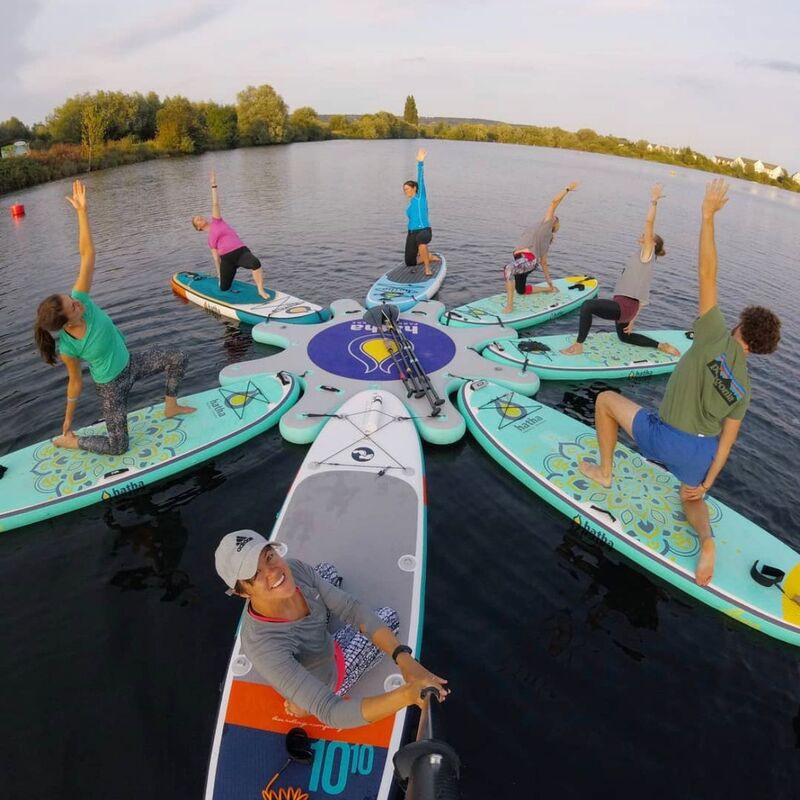
Modern Interpretations and Global Influence
Western Adaptations of Yoga
Yoga has seen a significant transformation as it migrated from the East to the West, especially in the 20th and 21st centuries. In the West, yoga is often associated primarily with asanas (physical postures) and pranayama (breath control). These aspects of Hatha Yoga have become cornerstones of modern yoga practices, aimed predominantly at physical fitness, stress reduction, and mental well-being.
While these adaptations have made yoga accessible to a broader audience, they can sometimes overlook its deeper spiritual and philosophical dimensions. However, many modern practitioners and instructors strive to maintain a balance, incorporating elements of meditation, mindfulness, and ethical living into their teachings.
The Role of Yoga in Promoting Global Spirituality
Yoga’s global appeal has led to a resurgence of interest in spirituality, transcending religious boundaries. It serves as a bridge, connecting individuals from diverse backgrounds through shared practices and experiences. The universal themes of self-awareness, mindfulness, and holistic well-being resonate deeply with contemporary seekers, offering a non-dogmatic approach to spirituality.
In fostering global spirituality, yoga encourages interfaith dialogue and mutual respect. Practitioners from various traditions can find common ground, exploring the similarities in their spiritual quests. This inclusive nature of yoga promotes unity and understanding, highlighting the interconnectedness of all beings. By embracing yoga’s spiritual dimensions, individuals can cultivate a sense of inner peace and contribute to a harmonious global community.
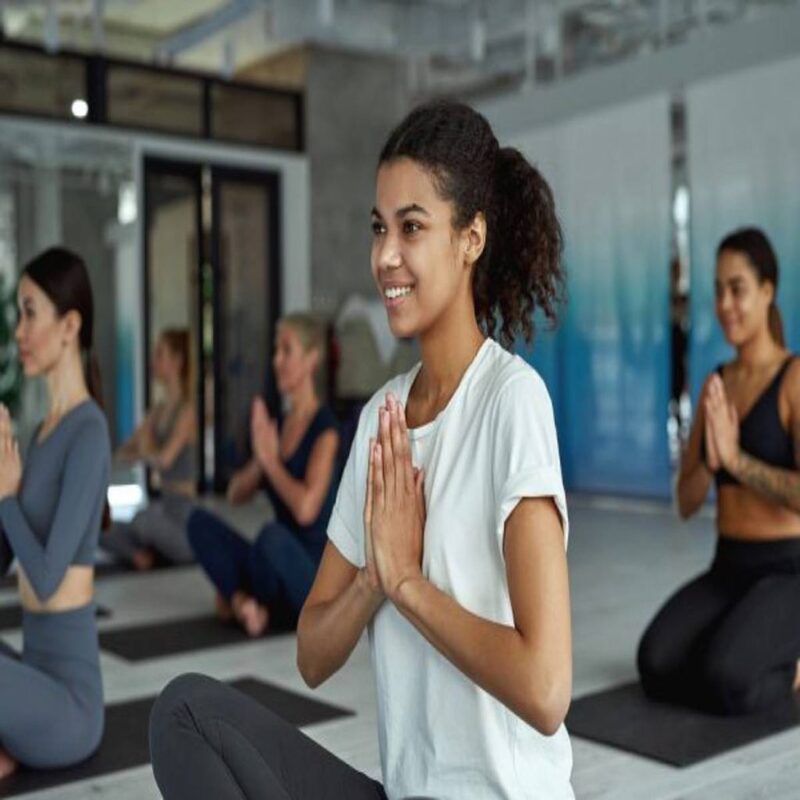
Conclusion: A Tapestry of Tradition and Transformation
Which religious tradition is most closely associated with yoga? Yoga’s profound connection to Hinduism enriches its practice, offering insights into its philosophical and spiritual dimensions. Rooted in ancient traditions and scriptures, yoga embodies a holistic approach to life, aiming for the union of body, mind, and spirit. The diverse paths of Bhakti, Karma, and Jnana Yoga provide a comprehensive framework for spiritual growth, accommodating various inclinations and temperaments.
As yoga continues to evolve and adapt, its core principles remain timeless, guiding practitioners towards inner peace and self-realization. The global embrace of yoga demonstrates its universal appeal and transformative potential. So now you know which religious tradition is most closely associated with yoga. By honoring its spiritual roots, modern practitioners can ensure that yoga remains a profound and enriching practice, fostering personal and collective harmony.


